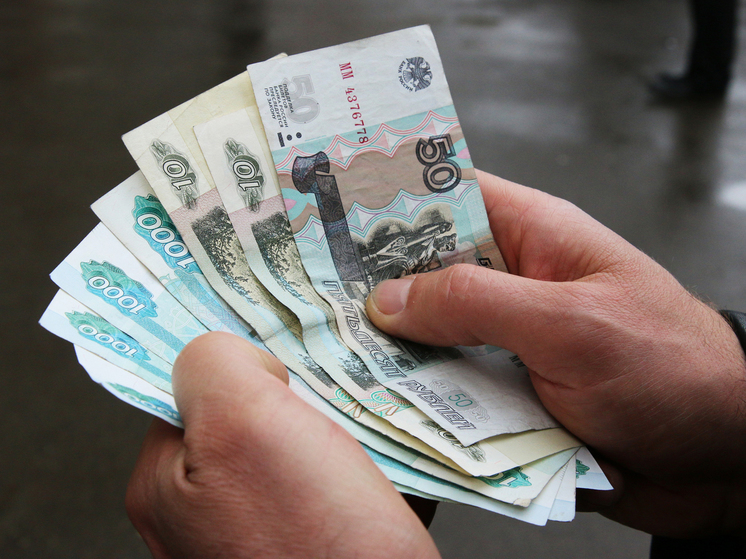Professor Smirnov: “It is unclear what will happen to inflation in 2030”
The minimum wage will be tied to the median salary and by 2030, according to the May presidential decree, should be at least 35 thousand rubles per month. This important social news, announced by Vladimir Putin, is closely linked with the latest data from Rosstat: today there are 14 million people in the country with incomes below the poverty line. This is 9.6% of the population – the minimum figure in recent years. However, experts have doubts that all these figures — both forecast and statistical — correspond to reality.
 Photo: Gennady Cherkasov
Photo: Gennady Cherkasov
In 2025, the minimum wage will exceed 22 thousand rubles and amount to 48% of the average salary. It is from this year that its correlation with the median salary received by “the majority of people employed in our economy” will be established, the head of state said at the end of last week at a plenary meeting of the St. Petersburg International Economic Forum. Today the minimum wage is 19,242 rubles.
The median salary, recall, means that 50% of jobs pay below a certain value, the other 50% pay above. By the beginning of 2024, the figure was 57.2 thousand rubles. As for the average nominal salary, at the end of last year it increased by 14.1%, to almost 74 thousand. There is a concept “poverty line” established by Rosstat, which as of January 1 of this year, on average across the country, corresponds to an income of 15,543 rubles per month per person. So, compared to the first quarter of 2023, the share of Russians with incomes below this line decreased by 2.5%, or by 3.7 million people. Today there are 14 million of them. As stated in the latest release of the state statistical agency, this is largely due to the growth of wages, social benefits and the implementation of targeted social programs. In general, the picture emerges quite benign, based on official data.
“The fact that the state sets itself the goal of increasing the minimum wage is absolutely correct,” says Sergei Smirnov, leading researcher at INION RAS. – And it’s good that they are going to link the indicator to the median salary, and not to the average, the formation of which is greatly and distortingly influenced by the Russian rich. From the point of view of making management decisions, this value is more accurate and socially justified. On the other hand, the announced figure of 35 thousand rubles is nominal and speculative, since it refers to 2030. After all, it is unclear what will happen to consumer prices in six years. Today, annual inflation exceeds last year’s level, according to estimates from both Rosstat (8.17%) and independent experts.”
Yes, 35 thousand is almost twice the current minimum wage, but the time distance until 2030 is impressive. We do not know in what conditions we will exist, what awaits the economy, at what pace and in what sectors wages will grow. It is clear that the general income situation was affected by large payments to participants of the SVO, personnel of manufacturing enterprises of the military-industrial complex, and the textile industry. But this is an obvious double-edged sword: there are great risks of further deepening social stratification. Take, for example, workers in the humanitarian sector, museums, and libraries — they cannot count on such profits.
“As for the Rosstat indicator of 9.6% of Russians living below the poverty line, I don’t really understand what it is based on,” notes Smirnov. – Look at what people write on social networks: there is a continuous groan about the uncontrolled rise in prices, mainly for essential goods, for food. Plus, from July 1, we will see an increase in tariffs for housing and communal services. Public transport is still becoming more expensive, not to mention taxi services. This indirectly indicates the rampant inflation associated with the cost of electricity and gasoline.”
BitRiver Communications Director, economist Andrei Loboda sees the situation somewhat differently. According to him, the authorities must increase the minimum wage in any case, regardless of inflation dynamics, in order to protect the incomes and savings of citizens from depreciation. This also contributes to the growth of salaries in the public sector. Both state corporations and large private businesses, where salaries are exclusively “white,” are guided by the dynamics of the minimum wage. “If the minimum wage, thanks to the recalculation, is increased by 15% in 2025, its figure will completely cover official inflation — and in just two years,” Loboda is sure.


